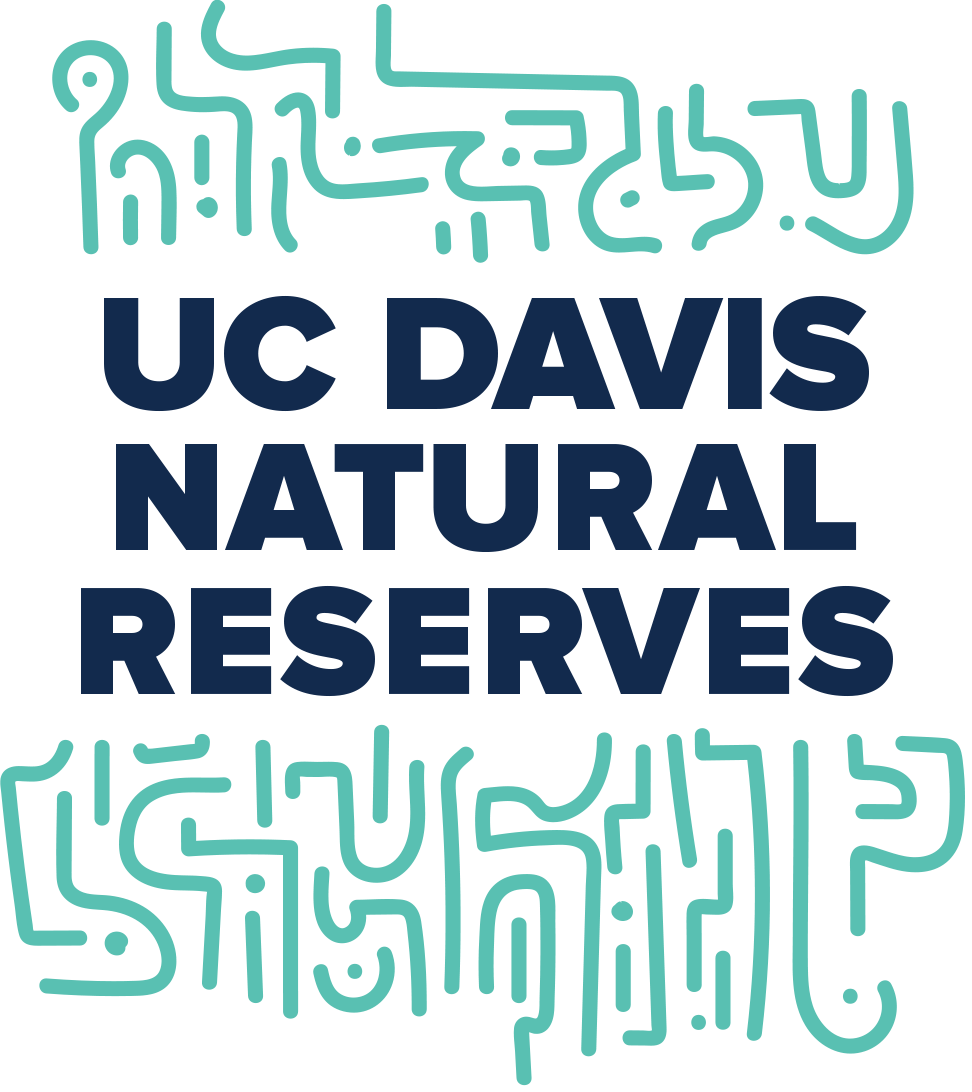The site
Located in the lower Sacramento Valley, Jepson Prairie is an island of remnant natural prairie in a vast agricultural landscape. The reserve protects several seasonal playa lakes and one of the best remaining networks of clay-pan vernal-pool habitat in the Central Valley. Jepson Prairie also protects remnants of native forb and bunchgrass prairie. The reserve provides wetland habitat for migratory waterfowl and wading birds, and is home to 5 rare and endangered animals. Altogether over 400 species and 64 families of plants, including 15 rare and endangered plants, are found on site. The reserve land is managed in partnership with the Solano Land Trust - which owns the property - the Nature Conservancy, and an active docents group.
History
In the 1950’s, scientists began to realize that only fragments of California’s original 13 million acres of grassland remained and that undisturbed vernal pools were also becoming critically rare. Researchers at the University of California had long used the Jepson Prairie area as a field site and were very aware of its importance as a habitat for rare species. Several important milestones mark the protection of the site:
- On December 31, 1980 The Nature Conservancy (TNC) purchased 1,566 acres of property containing Olcott Lake and surrounding bunchgrass prairie from the Southern Pacific Railroad.
- A cooperative use agreement with the University of California brought the Preserve into the University’s Natural Reserve System in 1983.
- In 1987 the Preserve received additional recognition when the National Park Service named it a National Natural Landmark, a designation given to well preserved sites which illustrate a particular type of natural feature and provide high quality habitat for threatened and endangered species.
- In 1997 TNC transferred title of Jepson Prairie Preserve to the Solano Land Trust, a non-profit land trust dedicated to the protection and preservation of farmland and open space in Solano County. TNC retains a conservation easement over the Preserve that requires it to be conserved in perpetuity for native species and natural diversity.
